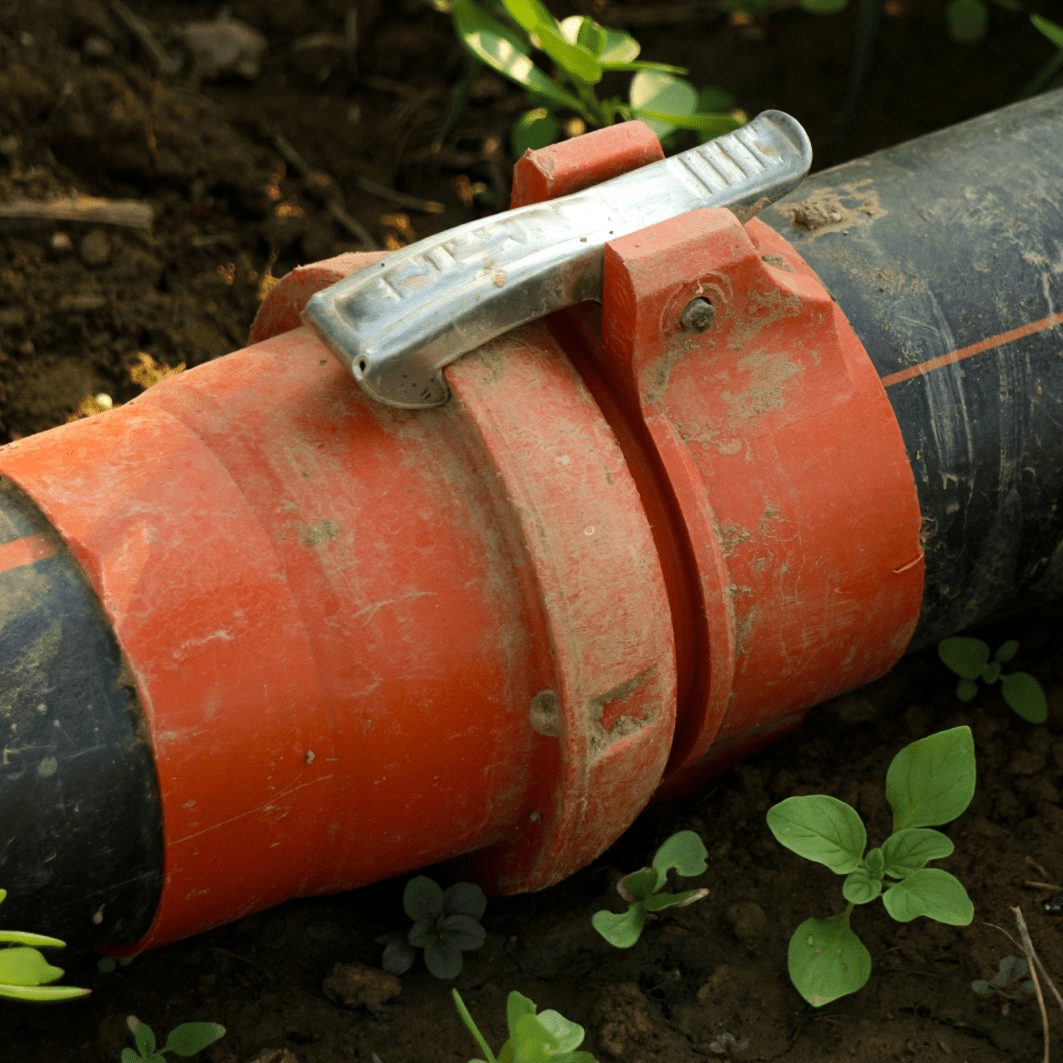Summers in Australia have seen the weather patterns change with the impact moving from one extreme to another. In the last 10 years, we have seen long dry spells as well as the other extreme of constant high rainfall. The current prediction has us moving into a period of prolonged heat coupled with lower-than-average rainfall, and the likelihood of an El Nino forming. This blog post will highlight what we should be doing now to prepare your garden for a dry summer in Australia, the forecasted impacts and what we should do when the rain arrives. Ensuring you have a deep turf root system coupled with good soil health are major factors in ensuring your lawn or oval will handle the upcoming dry conditions.
In Preparation
IRRIGATION
- Check your irrigation system if you have one. Check sprinklers for any faults or damage. If you do not have an irrigation system, you may want to consider installing one before the hot, dry weather comes. Setting up your irrigation system to achieve maximum benefit will help you prepare your turf for a dry summer. Watering at night rather than during the day is the most effective use of water. If it must be done during the day, then irrigate early or late in the day. This allows the water to penetrate the roots, and avoid it drying out quickly in the sun.
- Soil-wetting agents have been proven to help hold moisture in the soil. There are soil penetrants that help water move through hydrophobic soils.
CULTURAL IMPACTS
- Take a soil sample. This will show you what your soil nutrient levels are and what you need to do to fix them if required. The earlier this is done, the better the soil profile will be.
- Take soil plugs to test for moisture infiltration rates. This can be done by digging out a small square at multiple depths (20mm, 50mm, 100mm, 150mm to 200mm). This will then tell you how much water you require to ensure you get water deep into the root system.
- Removing excess thatch in your turf is very helpful in preparing your lawn and garden for a dry summer. The more thatch you have, the more moisture is retained in the thatch and not delivered to the root system. Where there is thatch buildup, up to 40% of any moisture could be retained on the surface. For example, 10mm of rain will only allow up to 6mm to move into the soil. Scarifying or regular topdressing with sand will help reduce your thatch.
- Aerate your soil to alleviate soil compaction and open up a path for nutrients and moisture into the root system. By aerating your soil, you are removing compaction and increasing soil infiltration, allowing oxygen to get into the soil and allowing nutrients and moisture to get to the root zone.


During the Hot / Dry Periods
In addition to the approach taken to prepare your sports ground or turf for a dry summer by tackling moisture and temperature changes, there are activities that can be done during the hot/dry periods that will also help your lawn or sports turf handle the increased stress.
- Regularly check the irrigation system to ensure it is delivering the water in the desired manner.
- Increase the height of the mower cut slightly to take away the dry dead part of the grass leaf and decrease any cut stress the lawn or sports turf may have.
- In heavily compacted soil areas or when the soil is very dry, change the watering profile. Move from the more normal profile of a lower number of waters for a longer time to a higher number of waters for a shorter time period. An example would be moving from irrigating once or twice a week for 40 minutes to 3 or 4 times a week for 12 minutes. The more constant application will see more of the moisture move to the root zone and not just runoff.
- When there is expected shower or rain activity, aerate your lawn to ensure the maximum amount of moisture gets to the root zone.
- Ensure wetting agents are applied to your lawn or sports turf, especially in highly compacted areas where water runoff can be a problem.
Is Your Turf Ready For a Dry Summer?
As you can see, there are a few steps to take to ensure your turf is ready for a dry summer, as well as steps to take during the dry period that can help to keep your lawn healthy and lush. It is also important to check your turf areas regularly and if there is lawn degradation call your turf care professional. Preparing your turf for a dry summer, followed by tackling any of these issues early on will help maintain your lawn to the highest level. Want to read more? Check out our blog on the perfect cricket pitch here, and core aeration and scarification here.


 Export to PDF
Export to PDF



